They face extinction

The dugong (Dugong dugon) is a marine mammal. It is one of four living species of the order Sirenia. It is the only living representative of the once-diverse family Dugongidae; its closest modern relative, Steller's sea cow (Hydrodamalis gigas), was hunted to extinction in the 18th century. The dugong has been hunted for thousands of years for its meat and oil.
The dugong (Dugong dugon) is a marine mammal. It is one of four living species of the order Sirenia. It is the only living representative of the once-diverse family Dugongidae; its closest modern relative, Steller's sea cow (Hydrodamalis gigas), was hunted to extinction in the 18th century. The dugong has been hunted for thousands of years for its meat and oil.
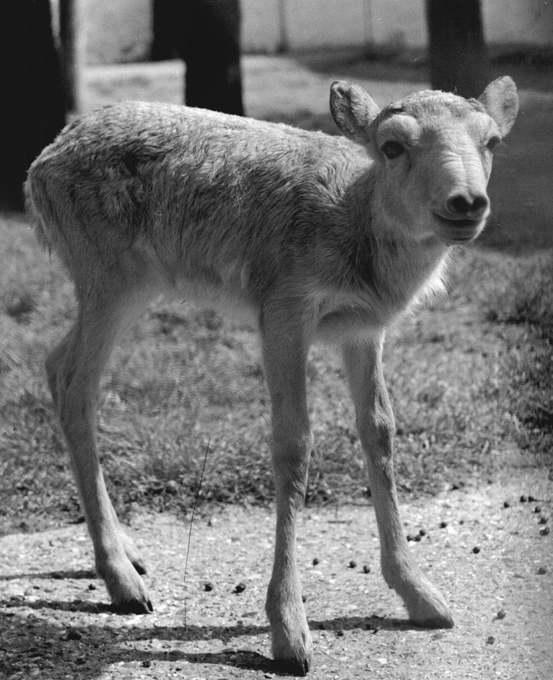
The saiga antelope (Saiga tatarica) is a critically endangered antelope that originally inhabited a vast area of the Eurasian steppe zone from the foothills of the Carpathian Mountains and Caucasus into Dzungaria and Mongolia. Today, the dominant subspecies is only found in one location in Russia and three areas in Kazakhstan. The horn of the saiga antelope is used in traditional Chinese medicine, and can sell for as much as $150.
The saiga antelope (Saiga tatarica) is a critically endangered antelope that originally inhabited a vast area of the Eurasian steppe zone from the foothills of the Carpathian Mountains and Caucasus into Dzungaria and Mongolia. Today, the dominant subspecies is only found in one location in Russia and three areas in Kazakhstan. The horn of the saiga antelope is used in traditional Chinese medicine, and can sell for as much as $150.
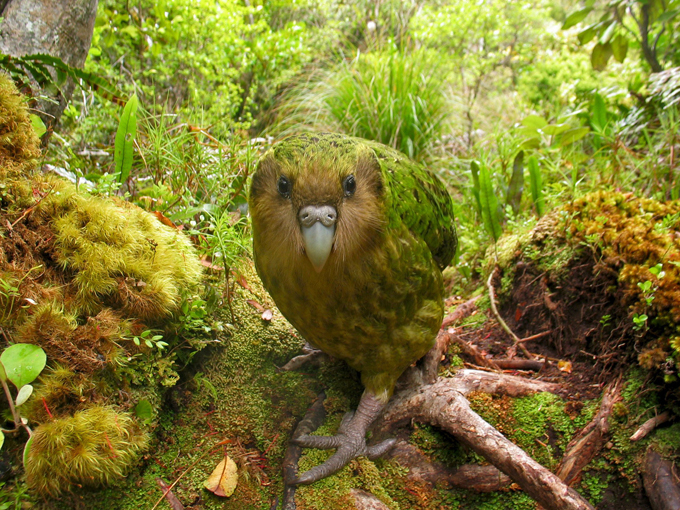
The kakapo (or night parrot), also called owl parrot, is a species of large, flightless, nocturnal, ground-dwelling parrot of the super-family Strigopoidea endemic to New Zealand. It was hunted and used as a resource by Māori, both for its meat as a food source and for its feathers, which were used to make highly valued pieces of clothing. It was also sometimes kept as a pet.
The kakapo (or night parrot), also called owl parrot, is a species of large, flightless, nocturnal, ground-dwelling parrot of the super-family Strigopoidea endemic to New Zealand. It was hunted and used as a resource by Māori, both for its meat as a food source and for its feathers, which were used to make highly valued pieces of clothing. It was also sometimes kept as a pet.
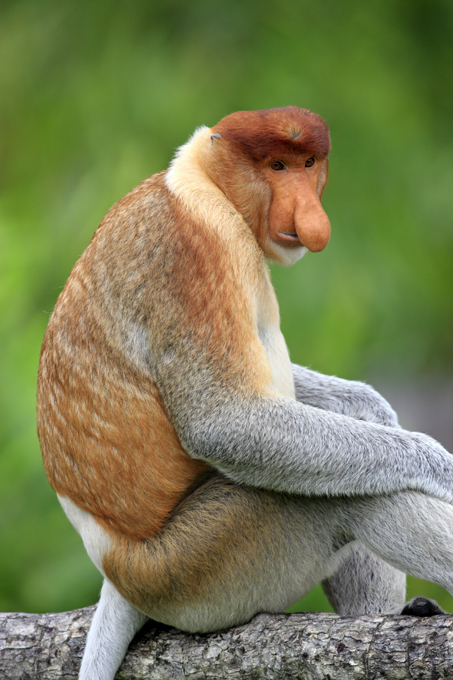
The proboscis monkey (Nasalis larvatus) or long-nosed monkey, known as the bekantan in Indonesia, is a reddish-brown arboreal Old World monkey that is endemic to the southeast Asian island of Borneo.
The proboscis monkey (Nasalis larvatus) or long-nosed monkey, known as the bekantan in Indonesia, is a reddish-brown arboreal Old World monkey that is endemic to the southeast Asian island of Borneo.
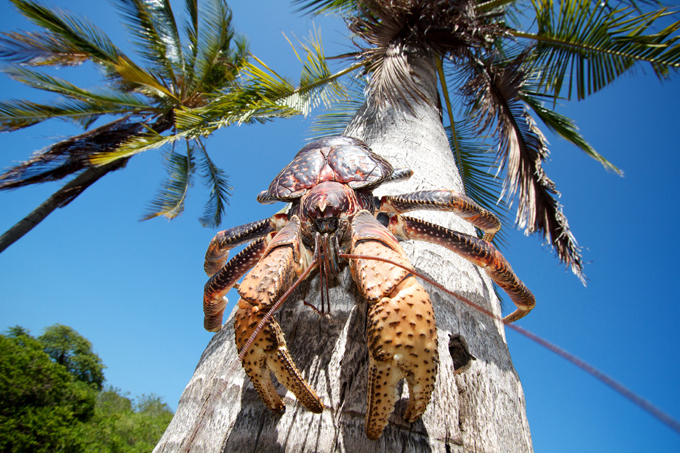
The coconut crab, Birgus latro, is a species of terrestrial hermit crab, also known as the robber crab or palm thief. It is the largest land-living arthropod in the world, and is probably at the upper size limit for terrestrial animals with exoskeletons in recent Earth atmosphere, with a weight of up to 4.1 kg. It can grow to up to 1 m in length from leg to leg. It is found on islands across the Indian Ocean and parts of the Pacific Ocean.
The coconut crab, Birgus latro, is a species of terrestrial hermit crab, also known as the robber crab or palm thief. It is the largest land-living arthropod in the world, and is probably at the upper size limit for terrestrial animals with exoskeletons in recent Earth atmosphere, with a weight of up to 4.1 kg. It can grow to up to 1 m in length from leg to leg. It is found on islands across the Indian Ocean and parts of the Pacific Ocean.
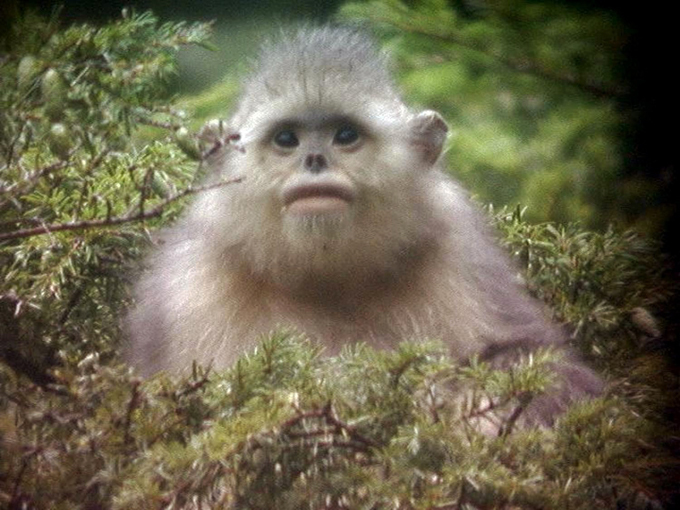
The golden snub-nosed monkey (Rhinopithecus roxellana) is an Old World monkey endemic to a small area in temperate, mountainous forests of central and Southwest China. They inhabit these mountainous forests of Southwestern China at elevations of 1,500-3,400 m above sea level.
The golden snub-nosed monkey (Rhinopithecus roxellana) is an Old World monkey endemic to a small area in temperate, mountainous forests of central and Southwest China. They inhabit these mountainous forests of Southwestern China at elevations of 1,500-3,400 m above sea level.
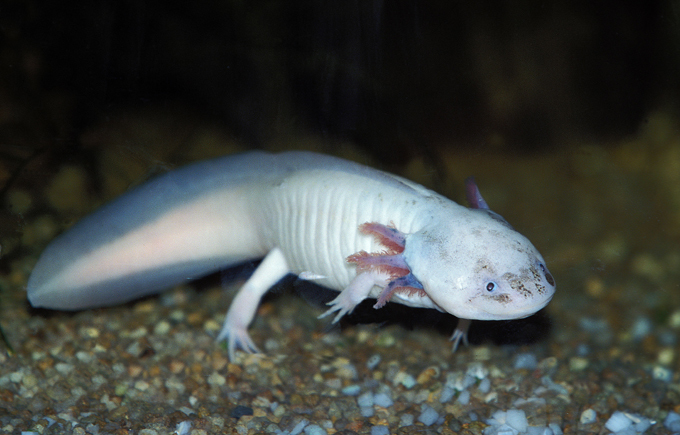
The axolotl also known as a Mexican salamander (Ambystoma mexicanum) or a Mexican walking fish, is a neotenic salamander, closely related to the tiger salamander. Although the axolotl is colloquially known as a "walking fish", it is not a fish, but an amphibian. Axolotls are unusual among amphibians in that they reach adulthood without undergoing metamorphosis. As of 2010, wild axolotls were near extinction due to urbanization in Mexico City and consequent water pollution.
The axolotl also known as a Mexican salamander (Ambystoma mexicanum) or a Mexican walking fish, is a neotenic salamander, closely related to the tiger salamander. Although the axolotl is colloquially known as a "walking fish", it is not a fish, but an amphibian. Axolotls are unusual among amphibians in that they reach adulthood without undergoing metamorphosis. As of 2010, wild axolotls were near extinction due to urbanization in Mexico City and consequent water pollution.
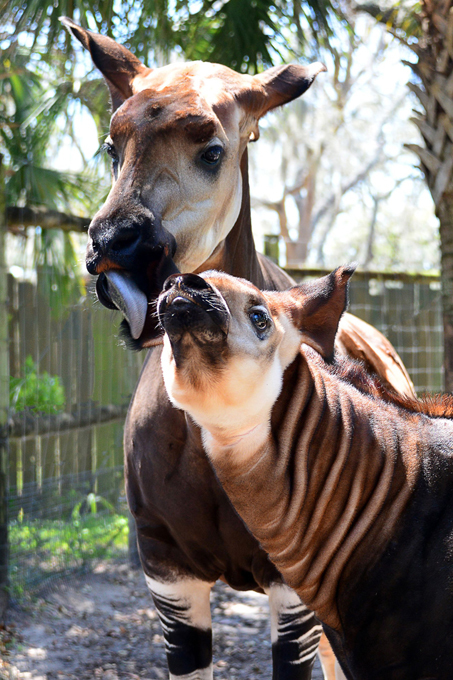
The okapi (Okapia johnstoni), is a giraffid mammal native to the northeast of Congo in Central Africa. Although the okapi bears striped markings reminiscent of zebras, it is most closely related to the giraffe. Major threats include habitat loss due to logging and human settlement.
The okapi (Okapia johnstoni), is a giraffid mammal native to the northeast of Congo in Central Africa. Although the okapi bears striped markings reminiscent of zebras, it is most closely related to the giraffe. Major threats include habitat loss due to logging and human settlement.
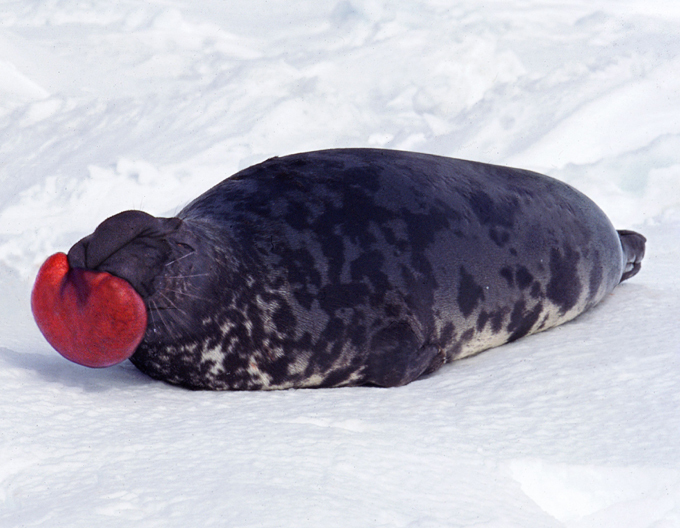
The hooded seal (Cystophora cristata) is found only in the central and western North Atlantic. A peculiar inflatable bladder on the head of the adult male hangs between the eyes and down over the upper lip in the deflated state. In addition, the hooded seal can inflate a large balloon-like sac from one of its nostrils. This is done by shutting one nostril valve and inflating a membrane, which then protrudes from the other nostril.
The hooded seal (Cystophora cristata) is found only in the central and western North Atlantic. A peculiar inflatable bladder on the head of the adult male hangs between the eyes and down over the upper lip in the deflated state. In addition, the hooded seal can inflate a large balloon-like sac from one of its nostrils. This is done by shutting one nostril valve and inflating a membrane, which then protrudes from the other nostril.
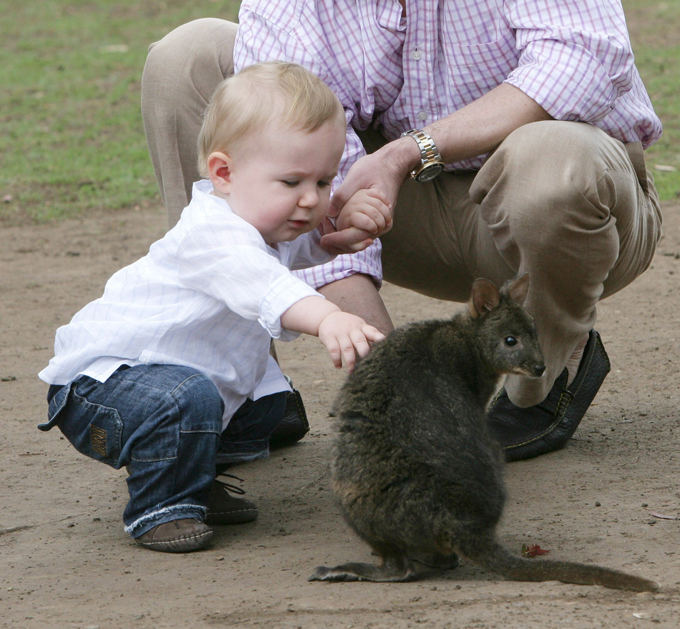
The quokka (Setonix brachyurus), is a small macropod about the size of a domestic cat. Quokkas can be found on some smaller islands off the coast of Western Australia, in particular on Rottnest Island just off Perth and Bald Island near Albany. Although looking rather like a very small kangaroo, it can climb small trees and shrubs. The quokka has no fear of humans and it is common for it to approach them closely.
The quokka (Setonix brachyurus), is a small macropod about the size of a domestic cat. Quokkas can be found on some smaller islands off the coast of Western Australia, in particular on Rottnest Island just off Perth and Bald Island near Albany. Although looking rather like a very small kangaroo, it can climb small trees and shrubs. The quokka has no fear of humans and it is common for it to approach them closely.



